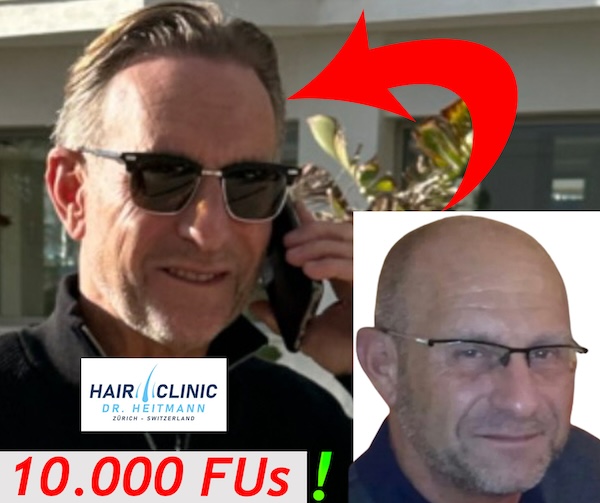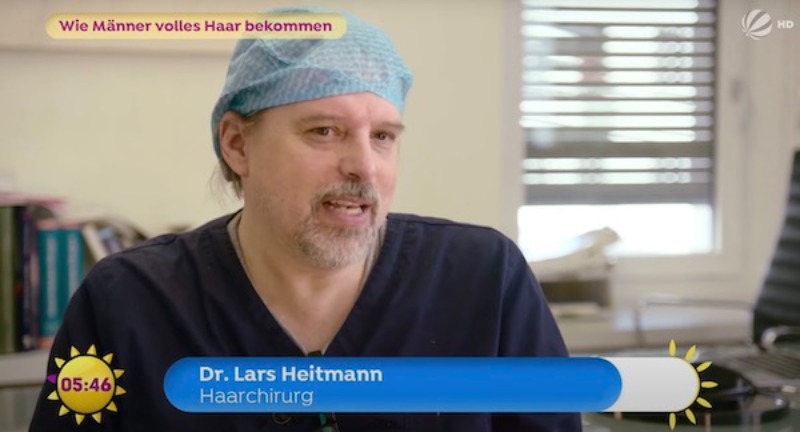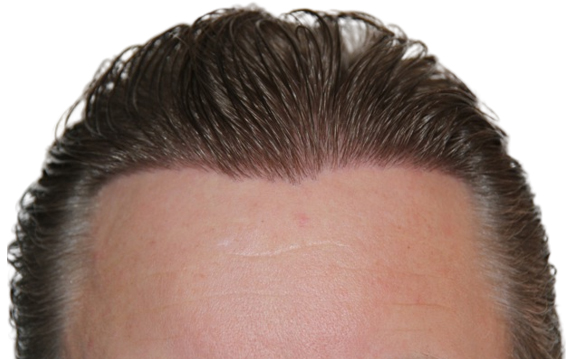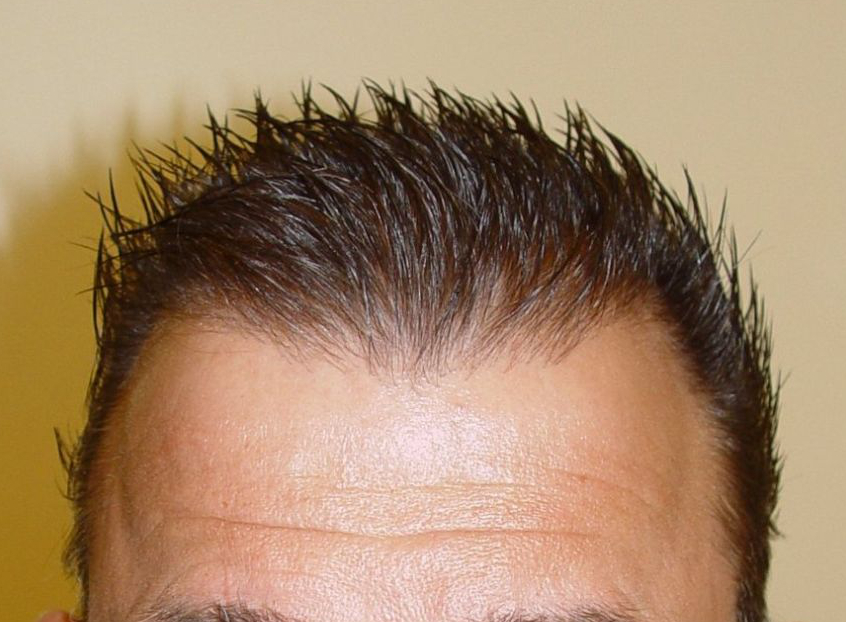FUE hair transplant: Milestone in hair surgery: minimally invasive follicular unit extraction (FUE)
Follicular Unit Extraction (= FUE) is the revolutionary method in today's modern hair surgery, provided that it is performed by a true "FUE specialist". This technique is characterised not only by an optimal naturalness of the result in the recipient area (even when viewed closely at a short distance), but also by scarring in the donor area that is hardly visible to the naked eye. With the highest care and precision, the hair follicles (= hair roots) of the donor area to be transplanted are - one after the other - almost completely detached from the surrounding skin layers with the help of a hollow needle/punch (0.75 - 0.9 mm in diameter) and then extracted. Shaving of the donor area is generally recommended. FUE is a technique that has many advantages over other techniques. There is no significant bleeding with FUE, as the method is carried out entirely without a scalpel. No wounds need to be sutured and the healing phase is remarkably short, only a few days.
It is therefore not surprising that the demand for this treatment method has exploded recently.
In order to achieve very good results, a great deal of routine and patience is required on the part of the attending physician. Excellent fine motor skills and many years of experience in microsurgery are also essential for successful performance of this method (with 0.75-0.9 mm hollow needles). Those who use the FUE technique rather infrequently will not achieve invariably good results. The individually harvested hair follicles are finer in texture than the microscopically prepared grafts after strip harvesting and thus more sensitive to any external influence.
At the beginning of the treatment, the recipient area is shaved, as agreed in the previous consultation, which may also be avoided in individual cases. After the local anaesthetic, the incisions (= incisions) of minimal recipient openings are made using the finest instruments. Finally, the follicular unit grafts (= hair roots) are inserted very carefully and with the highest precision into the recipient area.
The fine incisions in the recipient area are hardly measurable in terms of their surface area and are just large enough to surround the extracted follicular unit grafts without any margin. The great advantage of this technique is that there is no significant scarring in the recipient area and possible circulation problems in the scalp can be avoided. This makes so-called dense packing possible, i.e. hair densities of up to 70 follicular units per cm² can be achieved in one session. A densification treatment is then often no longer necessary (= one-pass result). Attractively high densities are of course very important for the hairline and the area immediately behind it, as these areas are directly visible to people on the outside. Due to the always limited number of extracted follicular units, these must then be more or less spread in the less visible areas behind. In the case of incisions, it is also of decisive importance that the angle or direction of the incision is oriented towards the direction of growth of the hairs that are still present. Even on bald areas, miniaturised residual hairs can still be found, which can serve as a model in this respect.
Find further general information on hair transplantation and Follicular Unit Transplantation = FUT (strip hair transplantation) and on results and videos.






